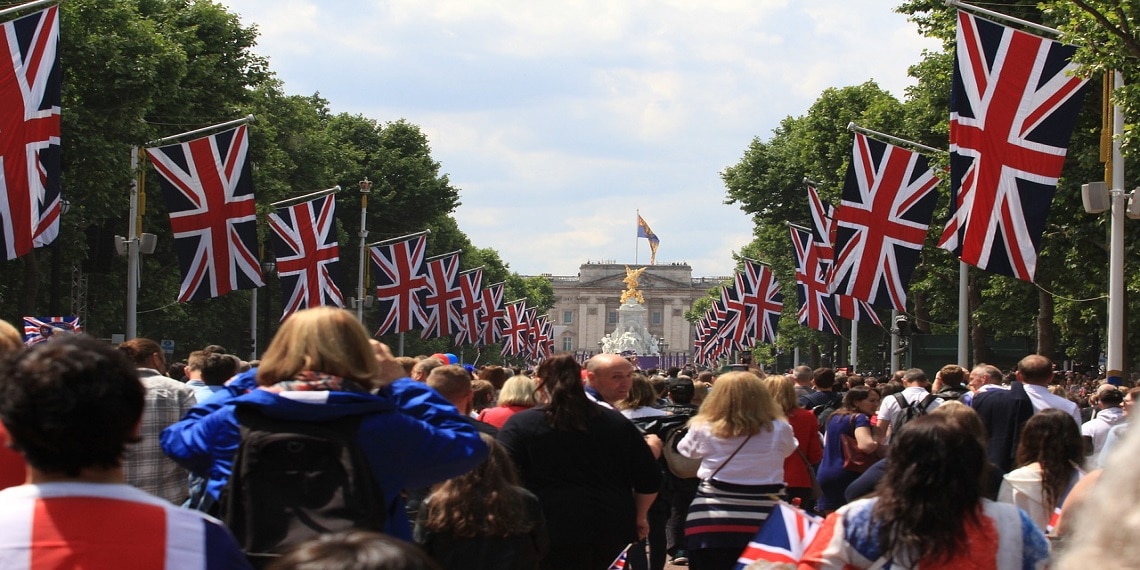
The monarchy is a source of national pride for many British people. Through the queen, it captures the sense of national identity, hence the Brits’ unity. Moreover, it creates consciousness about the society’s continuity and stability in the face of rapid advancements socially, culturally, and otherwise. It also engages in thousands of activities that help bring the monarchy into direct contact with the masses.
These activities come with a cost! So the UK facilitates the monarchy’s official functions through the Sovereign Grants Accounts. StockApps says it’s costing the UK taxpayer a small fortune; analysis shows that the monarchy cost the taxpayer 87.5 million sterling pounds (GBP) in 2021. That’s a 245% rise from the 2015 figure.
StockApps’ finance expert Edith Reads has weighed in on the data. She says, “Recurrent and emerging needs have seen the Royal Family’s expenditure increase. This has resulted in an increased allocation from the Sovereign Grants Account YOY. It also indicates that the British taxpayer will have to dig deeper in future to sustain it.”

Where did all the funds go?
A significant portion of the funds (49.5M GBP) went to the maintenance of different palaces. Buckingham palace alone consumed 31.6M GBP. The palace has outdated electrical cabling, heating, and plumbing. These required an urgent overhaul to avert possible danger to the inhabitants and priceless collections of art in the Royal Collection.
The family continued its public engagements while adhering to COVID-19 containment measures. The government installed a covid -secure bubble to protect the queen, the late Duke of Edinburgh, and their staff. Her Majesty held audiences via telephone and recorded messages for radio and TV broadcasts. Additionally, the family held virtual engagements and smaller engagements in person where necessary.
The grant also supports the official travels of the Royal family, including transfers between the official palaces. The allocation considers the safety and security of the royals and how best to avoid disruptions while ensuring timeliness and cutting emissions. Furthermore, it has a hospitality allocation that helps the family tour and host official visitors.
Funding sustainability, charity, and the monarch’s safety
Again, a portion of the funds went to helping The Royal Household fulfill its commitments to reducing its environmental impact. Therefore, it has provided for the embedding of environmentally sustainable means across the monarchy’s activities and organization. In addition, its social responsibility vote helps the royals to support employees undertaking volunteering and charitable activities.
Some funds enhanced the Royal Family’s Fire, Health, and Safety strategy entailed training, drills, and investing in fire detection and protection. Other funds went towards supporting more than 600 staff working remotely. Finally, some allocation boosted the switchboard’s resilience by acquiring secure laptops.
Opposition against the Sovereign Grants Account
The Sovereign Grant act that anchors the fund has attracted sharp opposition. In 2020, Republic, a group agitating for the scrapping of the Monarchy, launched a petition calling for the disbandment of the fund. The petitioners took issue with the manner of the fund’s calculation.
The group holds that computing the fund doesn’t consider the needs of the Royal Household. Rather it is computed as a percentage of the Royal Estate’s profits. They called for the legislature to allocate the Crown funds via annual budgeting.
Another bone of contention is that the grant cant decrease even when the Crown Estate’s profits fall. The Taxpayers Alliance has given the example of 2020’s fall in the Crown Estate’s earnings due to the ravages of COVID-19. Instead of taking the hit as did other entrepreneurs, the taxpayers bailed it out. The association believes that such monies would have found better usage in funding public services.

Question & Answers (0)